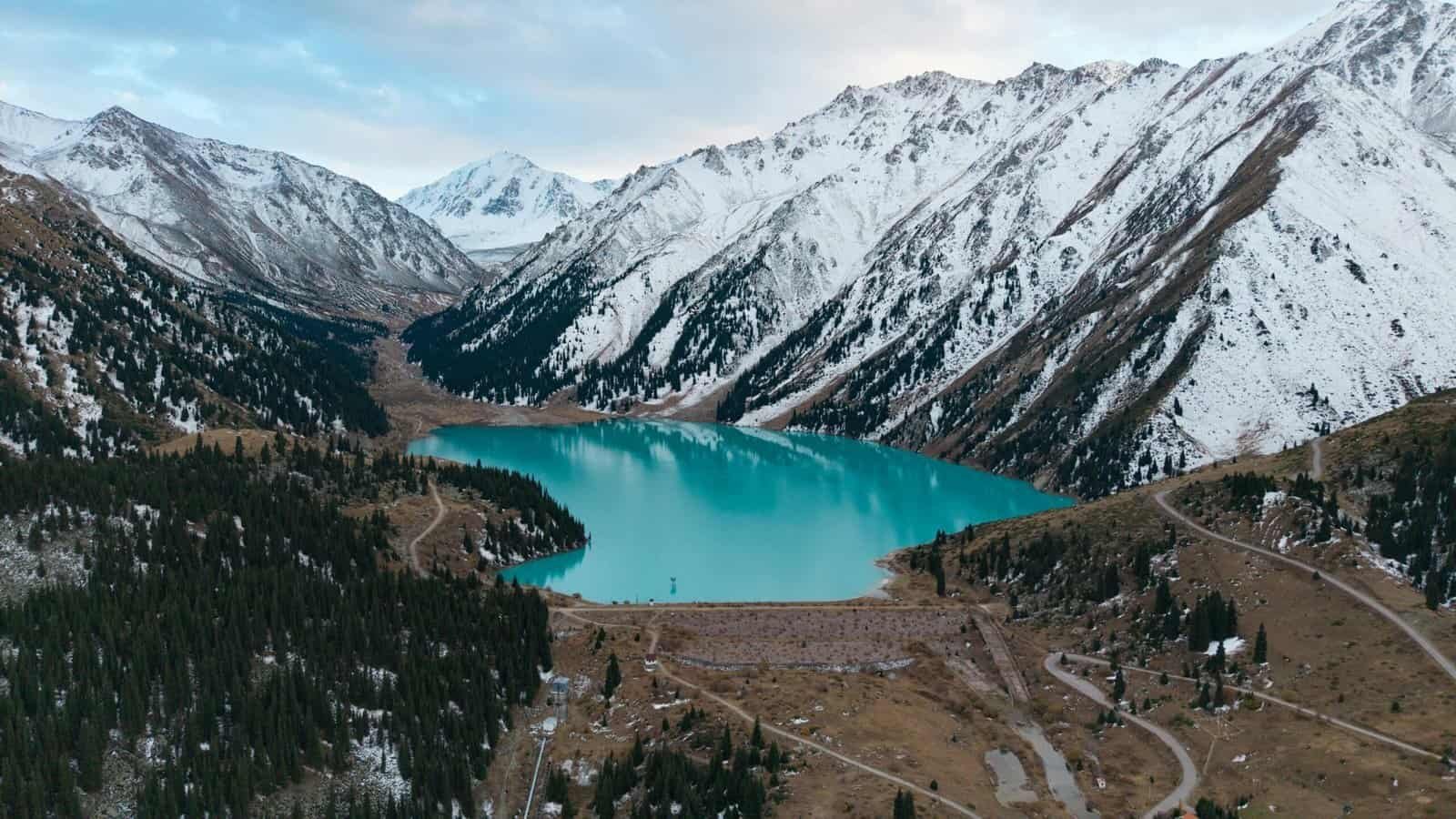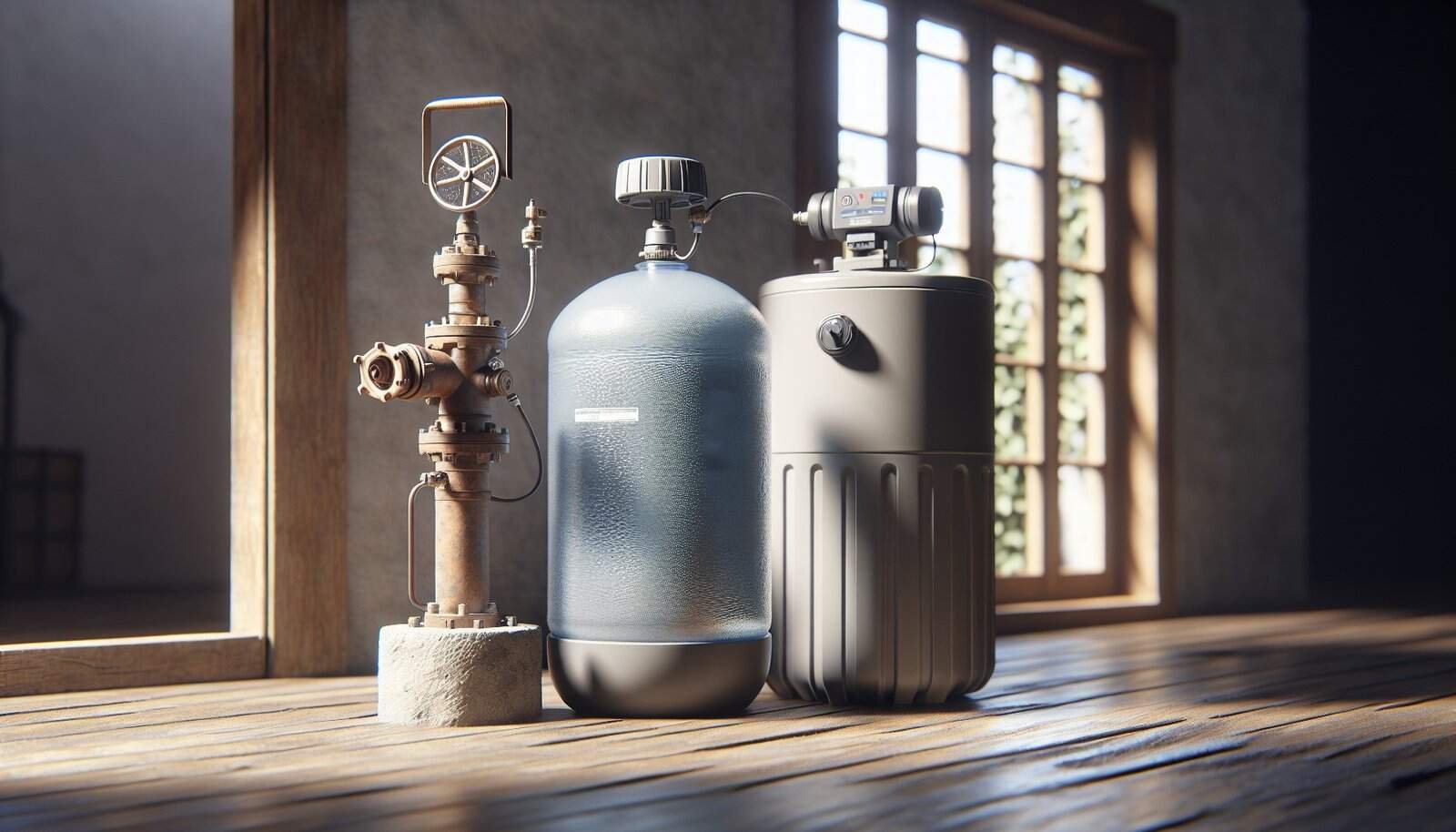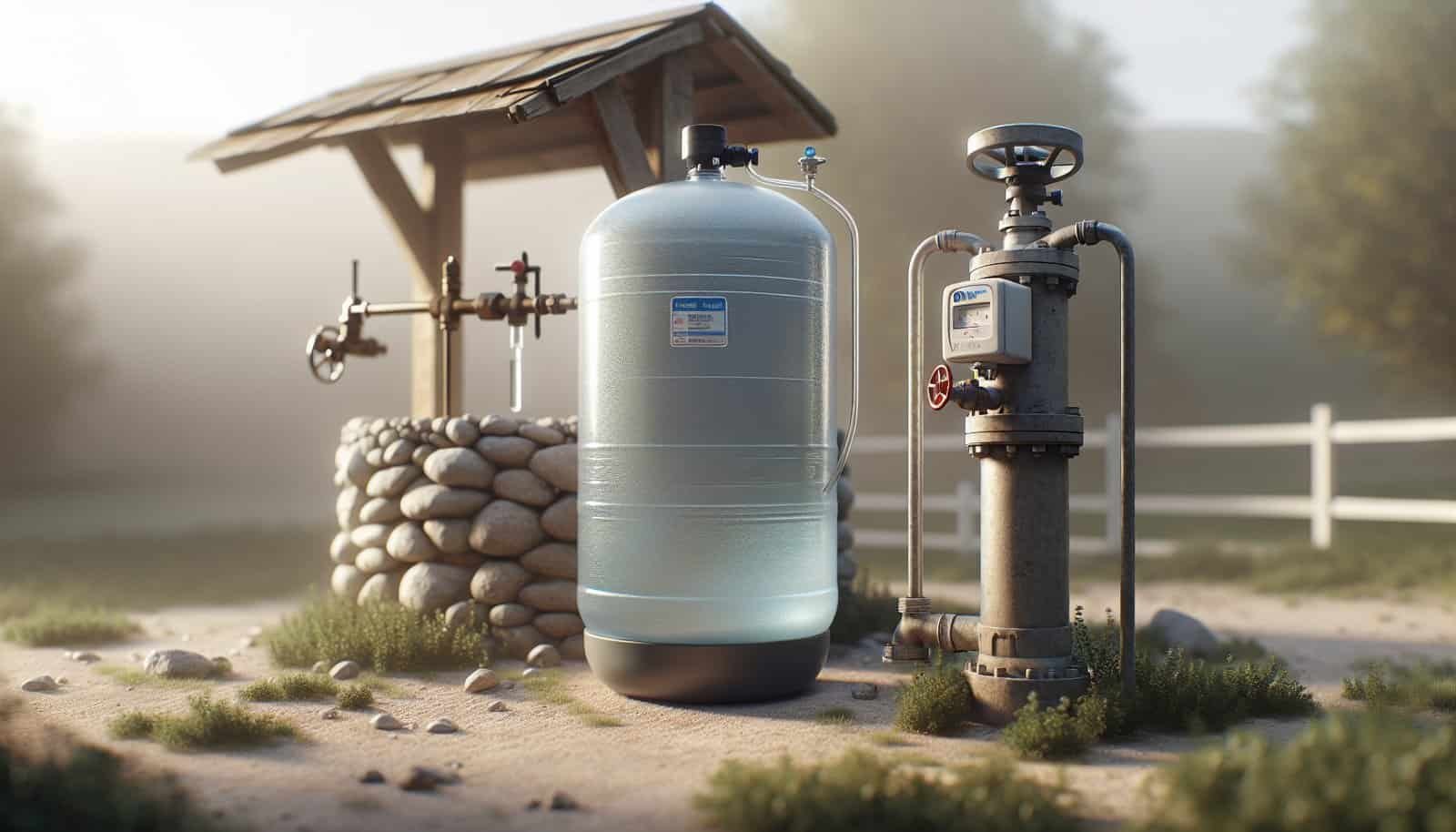Are you wondering whether your water softener is safe for your well and the water that comes from it?

How Do I Know If My Water Softener Is Safe For My Well?
This question is important if you rely on a private well for drinking water, irrigation, or household use. You can take practical steps to evaluate safety, reduce risks, and choose treatment options that protect your well and your family’s health.
Why this matters to you
You depend on your well to supply clean water, and adding a water softener changes how water is handled and discharged on your property. If you don’t address installation, discharge, or maintenance properly, you risk harming the well, the pump, the aquifer, or the quality of your household water.
How water softeners work — the basics
Most residential water softeners use ion exchange to remove hardness minerals like calcium and magnesium. They replace those minerals with sodium or potassium ions and periodically regenerate a resin bed using a concentrated brine solution, which produces a salty waste stream.
Understanding that basic cycle helps you see where potential problems come from: the brine discharge and increased sodium/chloride in water are the main concerns. Knowing the regimen and discharge location gives you control over reducing impacts.
What specific concerns should you watch for with wells?
You should be aware of several interrelated concerns: contamination of the well or surrounding groundwater, damage to the well pump, higher chloride or sodium concentrations, impacts on septic or surface systems, and water waste. Each concern has actionable solutions when you know what to check and how to act.

Common types of water softeners and how they affect wells
Different softener technologies affect wells in different ways, so identifying the type you have is important. The following table compares common systems and summarizes their relative safety for wells.
| Softener type | How it works | Typical discharge | Relative well safety |
|---|---|---|---|
| Traditional salt-based ion exchange | Resin swaps Ca/Mg for Na/K; regenerates with salt brine | Brine with high chloride/sodium, periodic discharge | Moderate to low if discharge not managed; potential groundwater impact |
| High-efficiency salt-based (low-brine) | Same principle but optimized for less salt and water use | Smaller brine discharge, less frequent | Better than standard salt systems; still requires proper disposal |
| Potassium chloride softeners | Use KCl instead of NaCl | Brine with potassium instead of sodium | Similar disposal needs; potassium has different environmental impact but still requires care |
| Salt-free conditioners (Template-Assisted Crystallization, TAC) | Change mineral form to prevent scale but not remove hardness | No brine discharge | Safer for wells — no brine discharge; does not reduce hardness |
| Reverse osmosis (RO) | Membrane filtration removes many ions, wastes some water | Concentrated reject water containing salts | RO rejects small volumes; reject water needs management but volume usually low |
| Magnetic or electronic conditioners | Claim to alter scale formation without chemicals or discharge | No chemical discharge | Mixed evidence on performance; safe for wells in terms of discharge but may not solve hardness problems |
You should identify your system type before making decisions about disposal, treatment upgrades, or maintenance. The safest options for wells in terms of discharge are salt-free systems and RO for point-of-use, but performance and expectations differ.
How brine discharge affects wells and groundwater
When a softener regenerates, it discharges brine that contains concentrated salts (chloride, sodium, potassium) and the hardness minerals it removed. If this brine reaches the ground near the well or migrates into the well casing or groundwater, it can increase chloride levels and salinity in your well.
Higher chloride and sodium can cause taste issues, corrosion of plumbing and pumps, and environmental harm to plants and local water bodies. You should prevent brine from being directed into the immediate vicinity of the well or into systems that feed directly into groundwater.

Regulations and local codes — why they matter to you
Many areas have rules about where softener brine can be discharged, often prohibiting direct discharge to the ground, storm drains, or septic systems in certain jurisdictions. You should check local plumbing, environmental, and health regulations before changing your softener or discharge location.
Following local codes protects the aquifer, prevents legal penalties, and preserves the long-term viability of your well. If you’re uncertain about local rules, contact your county health department, water authority, or a certified well contractor.
Simple checks you can do yourself
You can perform an initial assessment without specialized equipment. Walk through the steps below and make notes; these observations guide whether you need professional help.
- Locate where the softener drains during regeneration and ensure discharge pipes don’t empty near the well head or directly to bare ground. You should see the discharge pipe lead to a sewer, septic, or a permitted disposal point.
- Confirm there’s an air gap or approved connection at the drainage point to prevent backflow into household plumbing. You should not have direct cross-connections that allow waste to flow back into your water supply.
- Look for signs of corrosion, smell of salt, or unusual taste in water that could indicate elevated salinity. If you detect problems, stop using softened water for consumption until you test.
- Note the frequency of regeneration and the amount of salt added. Heavy usage and frequent regenerations increase discharge volume.
- Check whether the well cap, casing, and area around the well are intact and sealed. A proper well seal prevents surface contaminants, including brine, from entering the well.
These checks will help you identify obvious risks; the next step is water testing and possibly adjusting installation or operation.

Water tests you should do and what they tell you
Testing is the most reliable way to understand how a softener affects your well. You should test raw well water and softened water for key parameters and compare results. The table below gives important tests, typical thresholds, and what actions to take.
| Test | Why it matters | Typical threshold/flag | Action if above threshold |
|---|---|---|---|
| Hardness (CaCO3 mg/L or ppm) | Confirms level of hardness removed | Hardness > 120 ppm indicates very hard water | Consider softener size, regen frequency |
| Sodium (mg/L) | Increased by Na-based softeners | >20–200 mg/L depends on health concerns (consult MD for low-sodium diets) | Consider KCl, RO for drinking water |
| Chloride (mg/L) | Brine contains chloride which affects taste and corrosion | >250 mg/L is often a secondary MCL for taste; lower is better for corrosion | Redirect discharge, check for groundwater contamination |
| Total Dissolved Solids (TDS) | General measure of dissolved ions | Significant rise after softening indicates brine backflow | Inspect discharge location and plumbing |
| Iron (mg/L) | Can foul resin and affect bacteria | >0.3 mg/L affects taste and staining; >1 mg/L can foul resin | Pretreatment (iron filter) needed |
| Bacteria (Total coliform, E. coli) | Health risk if present | Any E. coli positive is unsafe | Shock chlorination, professional disinfection |
| Nitrate/Nitrite (mg/L) | Health risk especially for infants | >10 mg/L nitrate-N is unsafe | Investigate contamination sources, immediate action |
| pH | Affects corrosion and resin efficiency | Very low pH can corrode; pH <6.5 may be corrosive< />d> | pH adjustment or targeted treatment |
You should collect samples from both the untreated well tap and a treated tap after the softener or from the softener bypass. Use an accredited lab for accurate results. Repeat tests seasonally or if you make changes to your system.
Plumbing and backflow prevention — protecting your well
You should ensure that the softener’s plumbing prevents any waste stream from flowing back toward the well or household supply. Critical components include check valves, backflow preventers, and proper air gaps at drain points.
- Check valves and non-return valves prevent reverse flow into the softener or household system. You should test valves periodically and replace failed units.
- A proper air gap (vertical separation) at the drain into a sanitary sewer prevents contaminated discharge from siphoning back. Confirm the drain meets code and is not submerged.
- If the softener discharges into a septic system, you should verify the septic can accept the salt load. Some septic systems and drainfields can be damaged by chronic high-salt discharge.
Installing a backflow preventer protects your well and household plumbing. If you’re not sure how to inspect or install one, hire a licensed plumber or well specialist.

Placement: where your softener should (and shouldn’t) be
Location matters for safety and performance. You should place the softener in a protected, dry area with easy access for maintenance and a safe path for the drain line that doesn’t send brine near the well or groundwater recharge zones.
Avoid placing the softener in a pit, outside exposed area, or on soil that drains toward the well. If you must discharge outdoors, route brine to a suitable brine disposal system or an approved sewer connection.
Managing brine discharge responsibly
You have several options for managing brine discharge to minimize risk:
- Direct the brine to a municipal sanitary sewer where permitted. Many municipalities accept softener discharge but check local rules and pretreatment requirements.
- Use a brine recycling or reclaim system that reduces discharge volumes. Some newer systems reuse a portion of the brine to save water and salt.
- Install a brine containment and removal system if you have no sewer access — often used in remote or environmentally sensitive areas. You can store brine in a container and have it removed by a permitted waste hauler.
- Use potassium chloride instead of sodium where nutrient sensitivity is a concern, but remember potassium still needs proper disposal.
- Replace a salt-based softener with a salt-free conditioner or install point-of-use RO for drinking water to avoid most discharge issues.
Choose an option that complies with local laws and is appropriate for your property and well situation.
Operation best practices to protect your well
How you run the system affects safety and costs. You should set regeneration frequency according to actual water hardness and household water usage rather than a fixed timer. Sizing the softener correctly and regenerating only when needed reduces brine volume and salt use.
- Use the low salt setting if your system supports it and water quality remains acceptable.
- Keep the brine tank covered and clean to prevent contamination and insects.
- Check salt quality and avoid dirty or caked salt which can interfere with regeneration.
- If you have iron in the water, treat iron separately before the softener to prevent resin fouling.
Proper operation reduces the chance that brine causes issues for your well or immediate environment.
Maintenance schedule and routine checks
You should perform regular maintenance to ensure safe, effective operation. A basic schedule looks like this:
- Monthly: Check salt level and inspect the brine tank for bridging or contamination.
- Quarterly: Verify regeneration frequency matches household use; inspect discharge line routing and connections.
- Annually: Test water quality (hardness, sodium/chloride, TDS) and have a certified technician inspect valves, timers, resin condition, and backflow preventers.
- As needed: Shock chlorinate your well if bacteria are detected, and address iron or other fouling agents immediately.
Consistent maintenance prevents inefficiencies that can increase discharge and risk.
When a softener can harm a well pump or the well itself
You should be aware that poor installation or misoperation can stress the pump or well. Rapid cycling, incorrect pressure settings, or mechanical failure can cause the pump to run more often or draw air. Excessive salt or brine entering the well could corrode pump components over time.
If you notice unusual pump noise, frequent cycling, sudden loss of well yield, or salt taste from the raw well tap, stop using softened water for drinking and consult a well specialist. That’s a signal something may be wrong with discharge routing or well sealing.
Alternatives to traditional salt-based softeners
You have several alternatives if you want to avoid brine discharge entirely or protect a sensitive well:
- Salt-free conditioners (TAC) that reduce scaling without brine production.
- Reverse osmosis for drinking water combined with a water conditioner for appliances.
- Whole-house scale inhibitors that use polymers or template-assisted crystallization to limit scale.
- Water conditioners that employ upflow or minimal brine designs reducing discharge volume.
Each alternative has trade-offs in cost, maintenance, and effectiveness for specific problems (e.g., TAC won’t soften water for soap lather). Evaluate options based on your priorities: taste, scale prevention, environmental impact, or health.
Managing special situations: septic systems, sensitive soils, and surface water
You should treat each property uniquely. If your lot uses a septic system, check whether septic and drainfields can handle softener discharge — in some locales, discharge to septic is prohibited or discouraged. Salt can reduce soil permeability and affect drainfield bacteria.
For properties near lakes, streams, or sensitive wetlands, discharging brine can be ecologically damaging; you should route discharge to an approved sewer or a containment system. If you have clay soils or a shallow water table, even low volumes of brine can migrate into groundwater more easily and should be managed conservatively.
Steps to take if you suspect contamination
If you suspect your softener has contaminated well water, act promptly:
- Stop using softened water for drinking or cooking. Use bottled water or water from an unaffected source.
- Test the well water immediately for bacteria, nitrates, chloride, sodium, and TDS.
- Inspect the softener drainage, piping, and wellhead for breaches or improper routing.
- Temporarily bypass the softener if possible to prevent further brine discharge.
- Consult a licensed well contractor and your local health department for remediation and required reporting.
Swift action prevents long-term damage and helps you find the best remediation strategy.
When to call a professional
You should call a licensed well contractor, certified water treatment specialist, or a municipal authority when:
- You detect bacteria, high nitrates, or suspect groundwater contamination.
- You’re unsure whether local regulations allow your disposal method.
- You need to relocate or upgrade a softener or install a brine disposal system.
- The well or pump shows abnormal behavior after softener installation.
- You plan to replace a softener with an alternative system and need help sizing and placement.
Professionals can perform flow tests, inspect well seals, advise on approved disposal options, and ensure installations meet code.
Cost considerations and long-term planning
You should factor both upfront and operating costs into decisions about softeners and disposal systems. While replacing a softener or adding containment has an upfront cost, preventing groundwater contamination or well damage can save far more in long-term repairs and legal issues.
Estimate ongoing salt and water costs, maintenance, and potential municipal fees for discharge. Consider whether a high-efficiency system or salt-free alternative produces long-term savings and environmental benefits for your property.
Practical checklist to evaluate if your softener is safe for your well
Use the checklist below to do a focused assessment of your system. If you answer “no” to any of the safety items, plan corrective action.
| Item | What to check | Safe/Yes = do this |
|---|---|---|
| Discharge routing | Does the drain discharge to a municipal sewer or permitted point away from the well? | Yes |
| Wellhead protection | Is the well cap and casing sealed and free from nearby brine pooling? | Yes |
| Backflow prevention | Is there an approved backflow device or air gap at the drain? | Yes |
| Regeneration control | Is regeneration based on water use, not just a timer? | Yes |
| Water testing | Have you tested raw and treated water for chloride/sodium/bacteria in the past 12 months? | Yes |
| Septic compatibility | If discharging to septic, is it permitted and compatible? | Yes |
| Professional inspection | Has a certified tech inspected the softener and well recently? | Yes |
If several answers are “No,” prioritize the most critical fixes: stop unsafe discharge, test water, and consult a professional.
Frequently asked questions (brief)
- Can I discharge softener brine to a septic system? It depends on local code and septic design; many professionals advise against routine brine discharge to septic drainfields.
- Will a potassium-based softener protect my well better? Potassium still produces brine, so disposal issues remain; it may be better for people on low-sodium diets but not necessarily better for groundwater.
- Can I bypass the softener for drinking water only? Yes — installing a bypass for a kitchen faucet or using a point-of-use RO is common and reduces drinking-water sodium.
- How often should I test my well? Annually for basic chemistry and bacteria; sooner if you change systems or notice problems.
Final thoughts — balancing water quality and well protection
You can confidently use a water softener with a well if you take the correct precautions: identify your system, route discharge properly, install backflow prevention, maintain the system, and test your water regularly. When you act proactively, you protect your health, your equipment, and the environment while enjoying the benefits of softened water.
If you face uncertainty or test results show elevated salts or bacteria, take immediate action: stop using softened water for consumption, get professional support, and follow local regulations for discharge and remediation. With reasonable care and smart choices, you can make your water softener safe for your well and your household.
